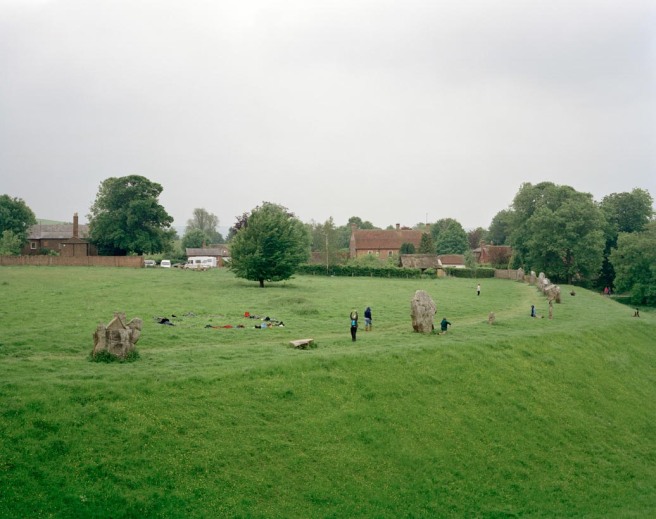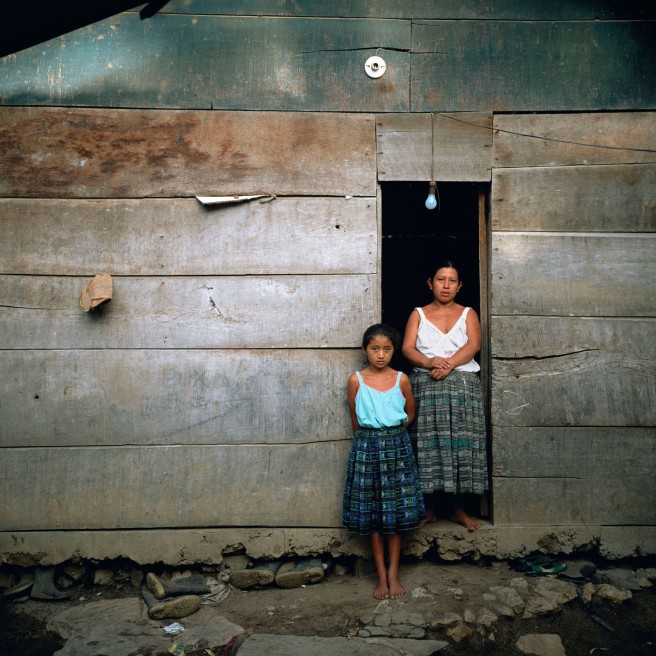Wandering around Deptford for my upcoming Assignment 3, I realised I wasn’t going to have a story suddenly jump out at me from the blue; I had to make the story arise. This was due to the apparent bleakness of much of Deptford apart from the high street. It was what my eyes showed me and was obvious too in the snapshots I was producing. This bleak appearance was however, a blessing in disguise as it made me start actively thinking for the first time what stories I could begin to put together and therefore what imaginary set of documents I could construe.
At first I was a bit tentative about creating an at least partly fictional story as most of what I had learnt about documentary photography so far seemed to veer towards the factual. I decided actually, after all, a lot of documentary is constructed on the most basic level of selection and framing anyway. Therefore, how much of what is selected and framed by the photographer is objective, factual documentary and how much of it is subjective?
Having said all of this, I selected a story which very much had its roots in the notion of this bleakness in Deptford which in my mind was quite factual. I thought I would contrast this with the hubbub of the market on Deptford High Street on a Wednesday, Friday or Saturday.
As I was having the realisation that most documents are on some level subjective and so pulling a story from it was acceptable, I came across some text in my course. This text effectively mirrored what I was thinking but was written more eloquently. Here Jose Navarro, the course author, wrote:
Traditional thinking documentary photography supports the idea that the photographic document is evidence of something that happened out there, something that occurred without being choreographed or prompted by the photographer. Which is precisely what Mohamed Bourouissa doesn’t do. – Navarro (2012)

Bourouissa’s work intrigued me because it featured a style where a story was ‘pulled’ from reality but was done in such a way that it was difficult to tell whether the scenes had been staged. The work I looked at was: périphérique (2005-2009) and in particular la main (the hand) and la rencontre (the encounter); a couple of a series of edgy, unrestful images where the viewer was unsure of the authenticity of the scenes. I looked at these for a while and I’m still not sure whether they were staged or not. This was because it was hard to imagine the photographs being taken without being staged but the actor’s faces were so convincing and the snapshot framing was so dysfunctional that the scenes were believable.
I envisaged a landscape/documentary approach for photographing Deptford, which would mainly rely on found scenes. This would function quite differently as the scenes wouldn’t be staged but as a set I would be creating a narrative within which these found scenes fit in.

One other realisation about tendencies for my own documentary practice was that I invariably seemed to want to try to create single-image narratives. Whether this was down to Assignment 2 – Documentary where I was asked to try to produce single-image narratives I was not sure. Either way I realised I was attempting to complete the assignments in single shots rather than thinking about how multiple photographs could relate to one another.
One possible solution I could foresee would be to focus on creating numerous images which, while quite possibly not depicting single-image narratives, when edited down and then put together produce a more telling narrative than singularly. Bourouissa’s series: périphérique (2005-2009) certainly worked as single-image narratives and together as a series, proving that both approaches could exist in tandem. However, I wanted to concentrate on looking at how multiple photographs could relate to one another in a series.
References:
Bourouissa, M. (2005-2009). périphérique [online] mohamedbourouissa.com Available at: http://www.mohamedbourouissa.com/peripherique/ [Accessed 17 Aug. 2017]
Navarro, J. (2012). OCA Documentary Course.





